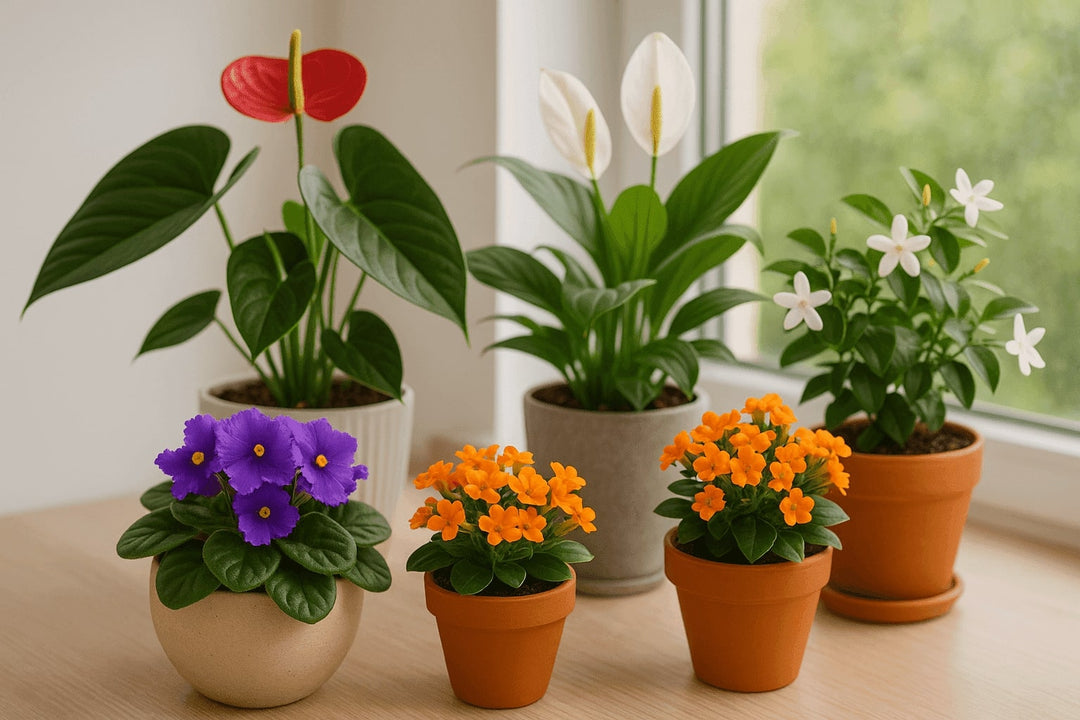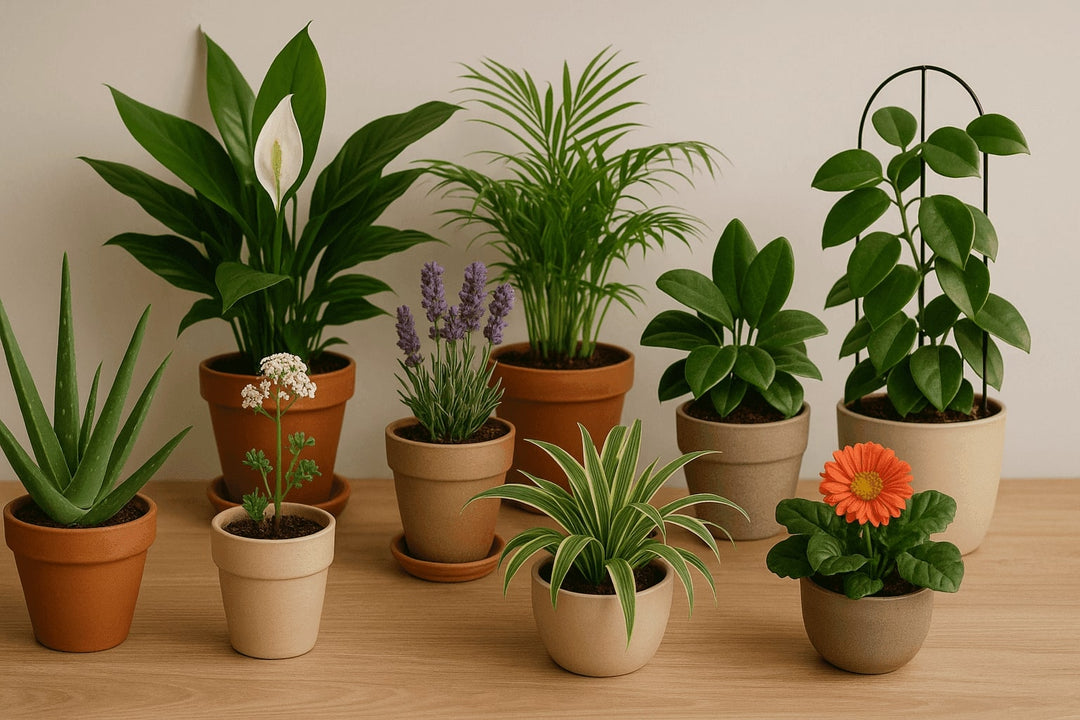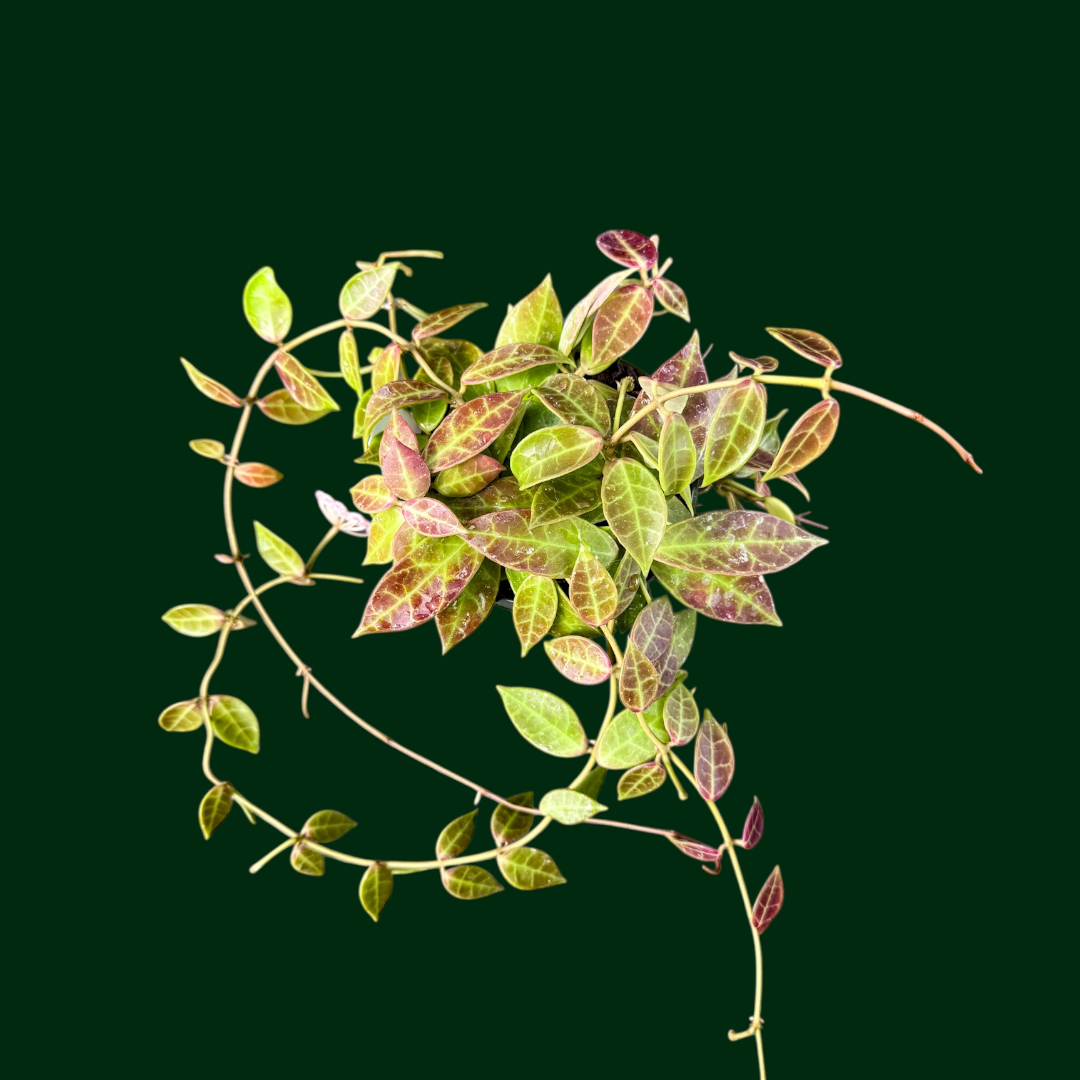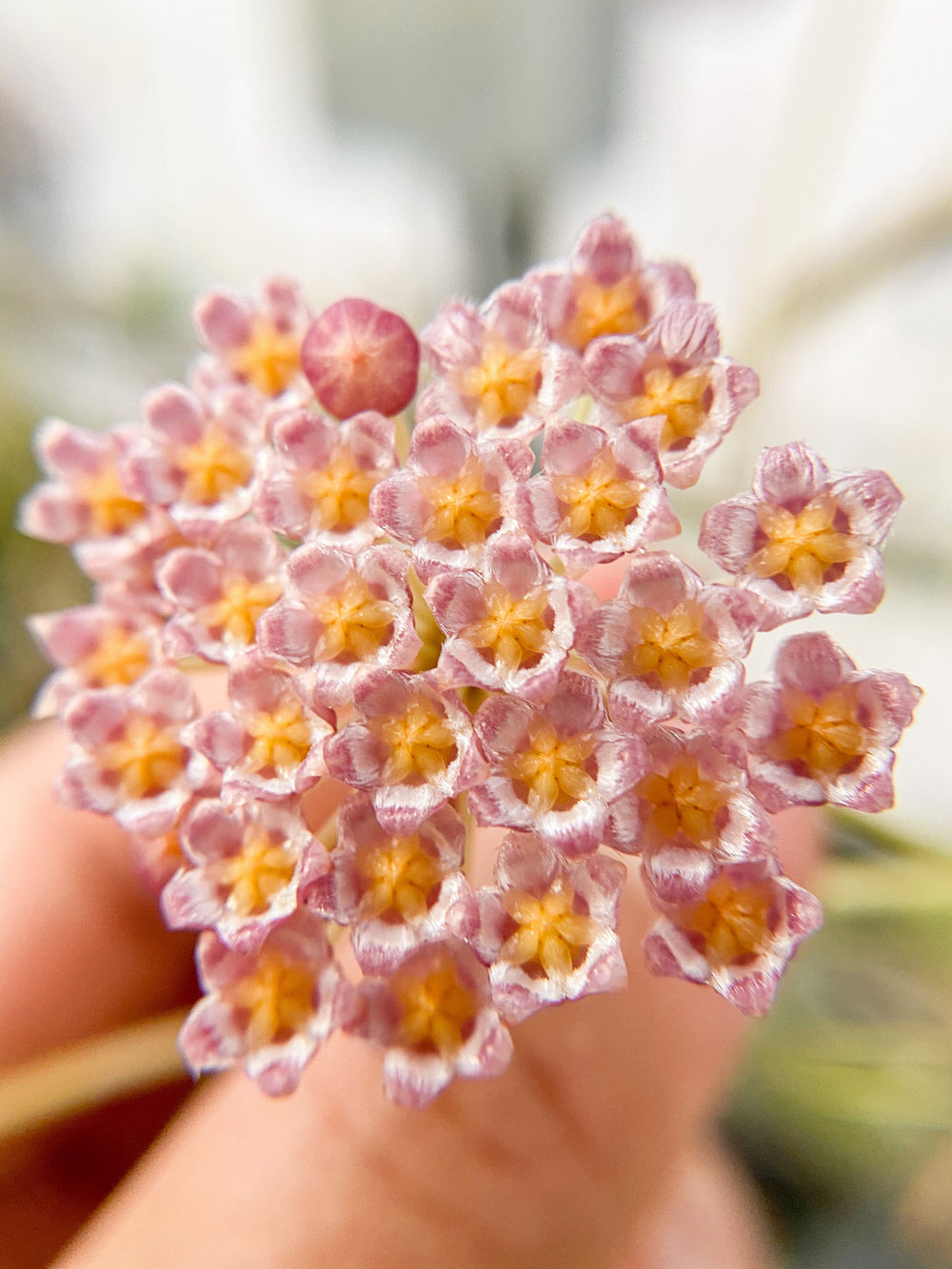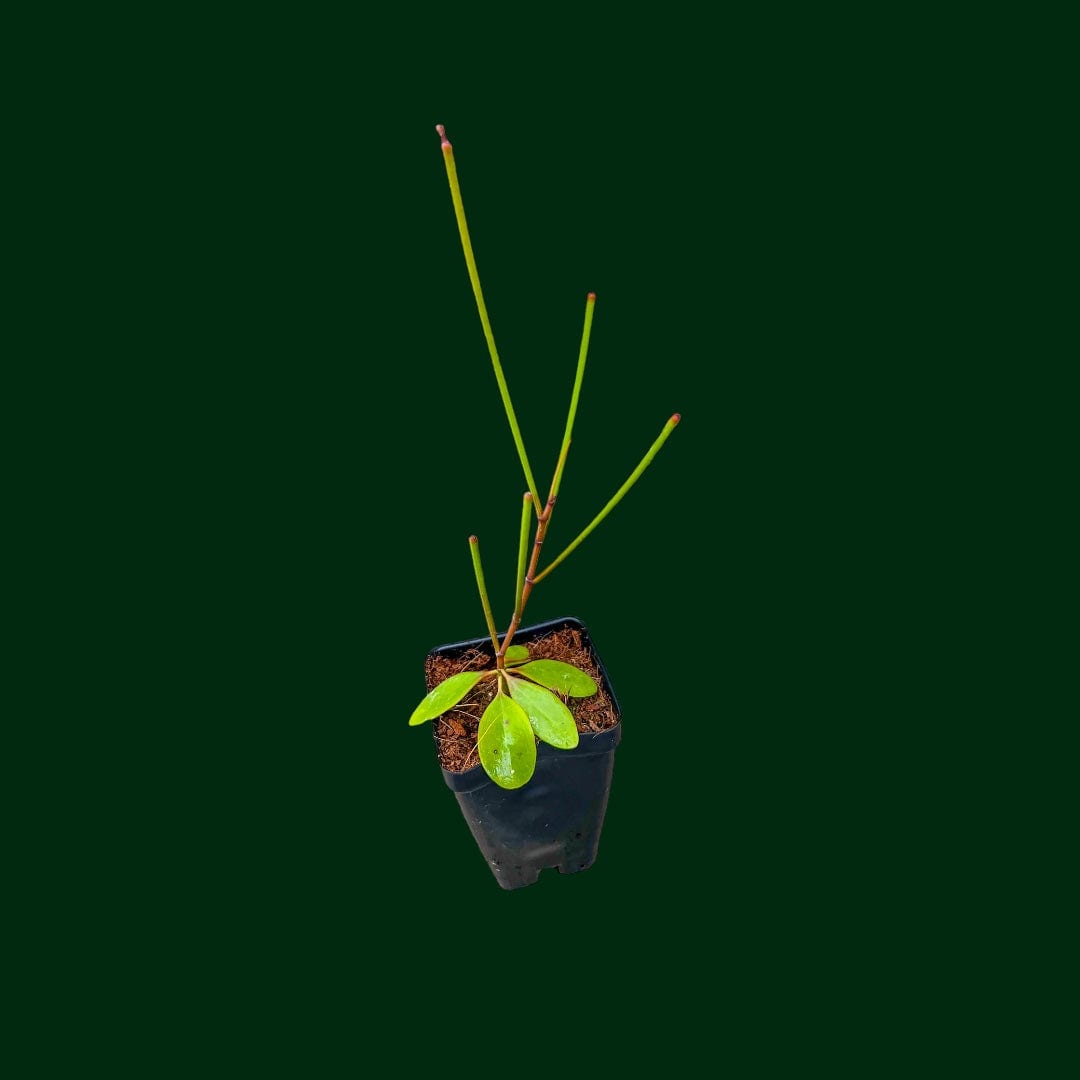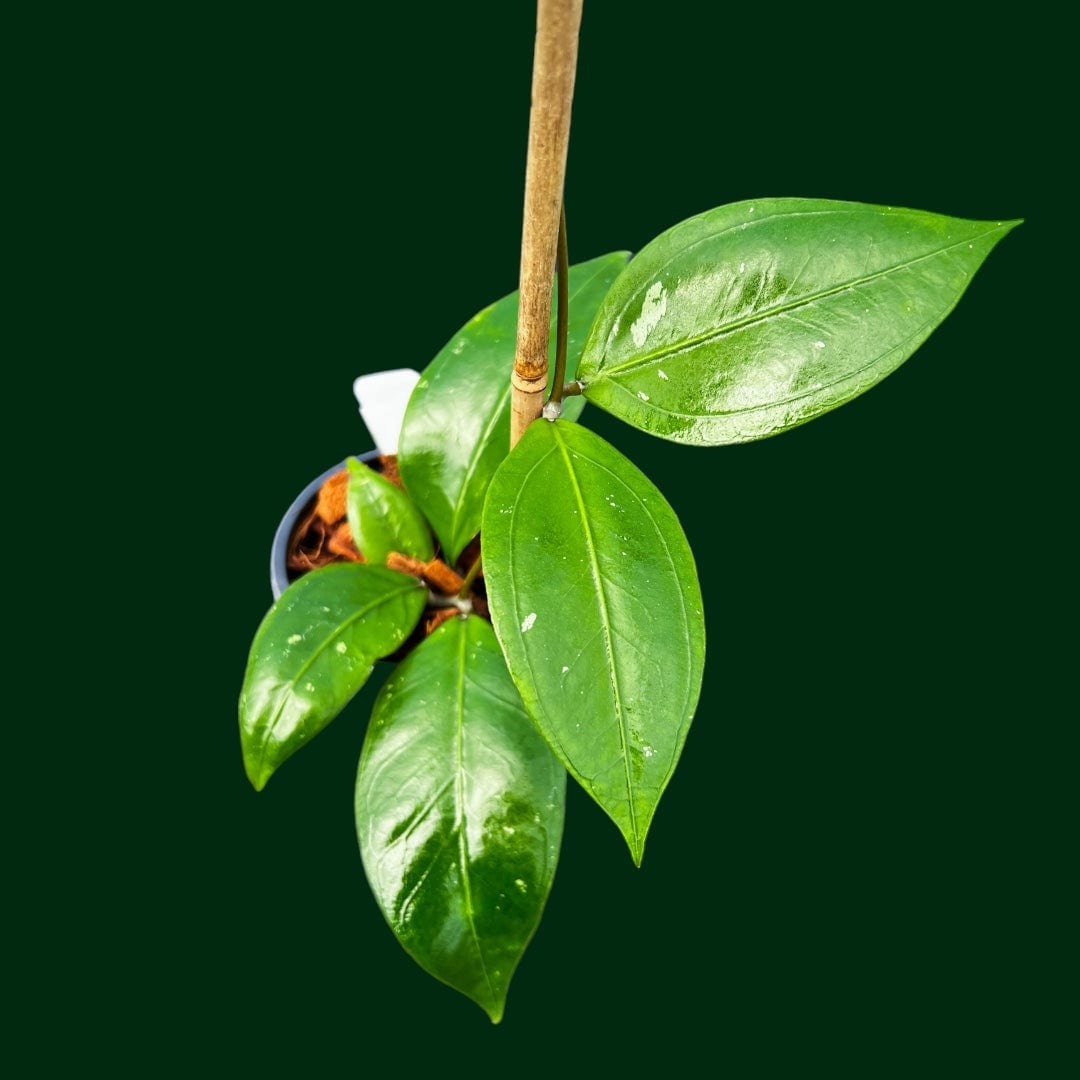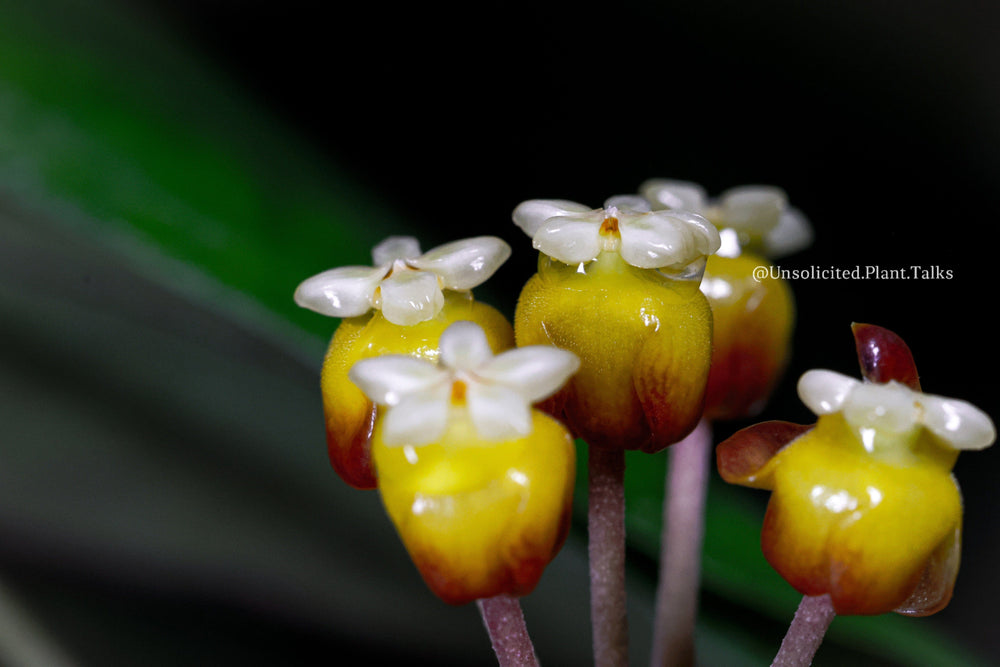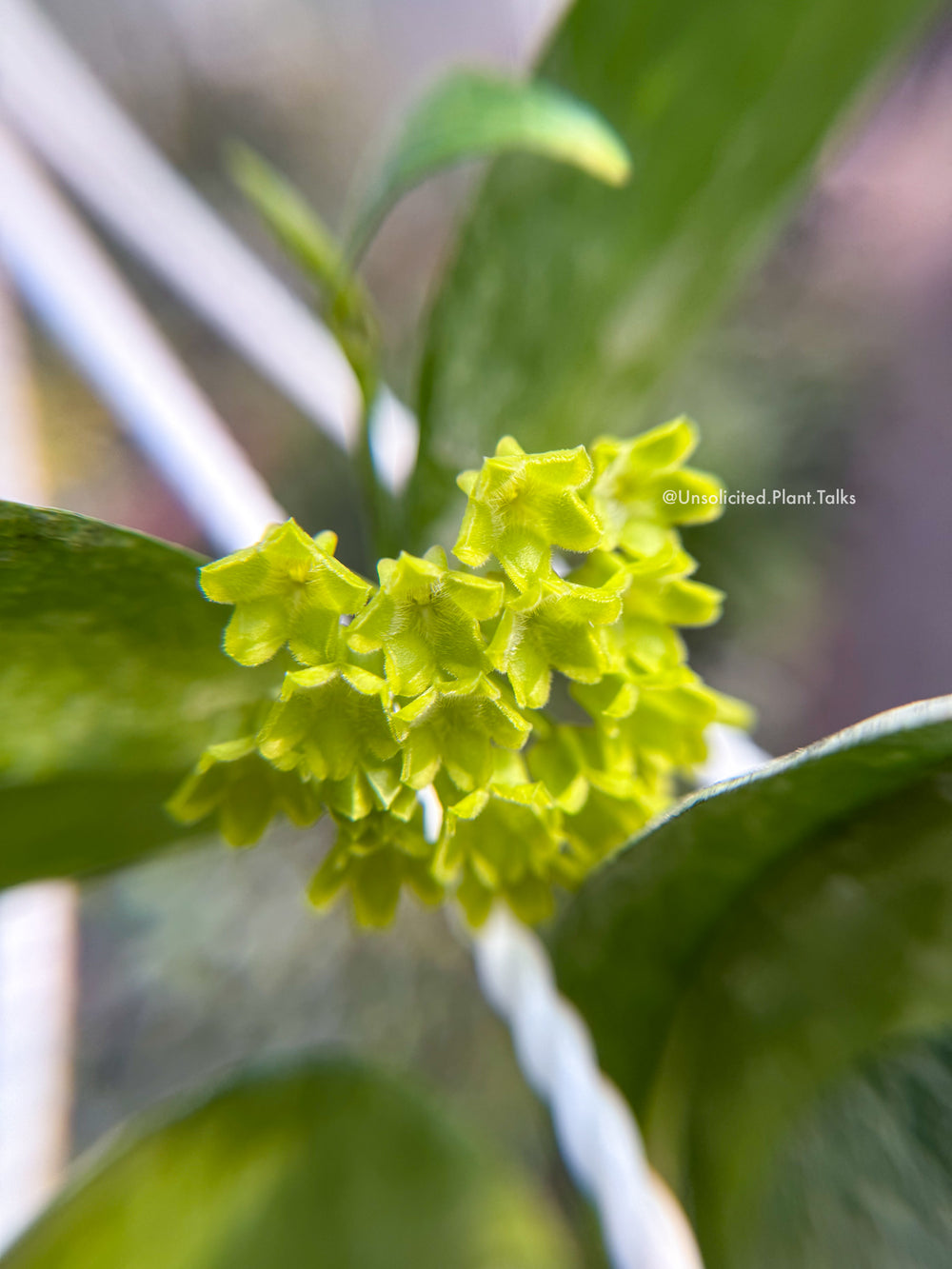Top 8 Edible Houseplants to Grow Indoors
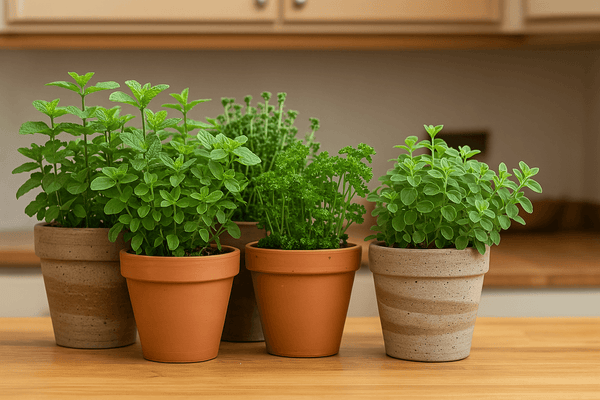
Table of Contents
- Best 8 Edible Plants to Grow Indoors
- How to Harvest and Use Your Edible Plants
- The Benefits of Growing Edible Plants Indoors
- The Bottom Line
- Frequently Asked Questions (FAQ) 🌿
Ready to bring some fresh flavors into your home? Growing edible plants indoors is easier than you might think, and it's a fantastic way to add both beauty and deliciousness to your space.
Here's a quick guide to 8 of the best edible plants you can cultivate right on your windowsill, complete with the essential details to get you started.
Best 8 Edible Plants to Grow Indoors
These best indoor edible plants are perfect for small spaces and busy lifestyles. Not only will they add greenery to your home, but you'll also get to enjoy their flavors in your meals. Below, you’ll find a list for growing some of the best edible plants to grow indoors:
|
Image |
Name |
Light Requirements ☀️ |
Temperature Tolerance ❄️ |
Description |
|
|
#1 Basil |
Bright, direct sunlight (6+ hours) |
60-80°F (15-27°C) |
Aromatic herb perfect for Italian dishes, salads, and pesto. Requires consistent watering. |
|
|
#2 Mint |
Bright, indirect sunlight |
55-75°F (13-24°C) |
Vigorous grower, ideal for teas, cocktails, and desserts. Can become invasive, so keep it contained. |
|
|
#3 Chives |
Bright, indirect sunlight |
50-80°F (10-27°C) |
Mild onion flavor, great for garnishing soups, salads, and potatoes. Easy to grow and propagate. |
|
|
#4 Lettuce |
Bright, indirect sunlight |
60-70°F (15-21°C) |
Various varieties can be grown indoors, providing fresh greens year-round. Requires consistent moisture. |
|
|
#5 Cherry Tomatoes (Dwarf Varieties) |
Bright, direct sunlight (6+ hours) |
65-85°F (18-29°C) |
Sweet and flavorful, perfect for salads and snacking. Requires strong support and regular watering. |
|
|
#6 Bell Peppers (Small Varieties) |
Bright, direct sunlight (6+ hours) |
65-80°F (18-27°C) |
Adds a colorful and flavorful kick to dishes. Requires consistent watering and support. |
|
|
#7 Spinach |
Bright, indirect sunlight |
50-70°F (10-21°C) |
Nutritious leafy green, great for salads, smoothies, and stir-fries. Prefers cooler temperatures. |
|
|
#8 Microgreens |
Bright, indirect sunlight |
60-75°F (15-24°C) |
Fast-growing and nutrient-rich, harvested in just a few weeks. Ideal for salads, sandwiches, and garnishes. |
How to Harvest and Use Your Edible Plants
The beauty of growing edible house plants indoors is that you don’t have to wait long to enjoy the fruits (or herbs!) of your labor. Here’s how to get the most out of your indoor garden:
Herbs (Basil, Mint, Chives): These can be harvested continuously. For herbs like basil, snip off the top leaves to encourage growth. Don’t take more than a third of the plant at a time to ensure it keeps growing.
Leafy Greens (Lettuce, Spinach): Harvest the outer leaves first, letting the inner ones continue to grow. This way, you can enjoy fresh greens all season long.
Tomatoes and Peppers: Wait until the fruits are fully ripe and slightly soft to the touch. Pick them carefully to avoid damaging the plant. You can also enjoy the leaves and stems as an occasional garnish.
Microgreens: These are ready to harvest when they reach about 2-3 inches tall. Cut them just above the soil line with scissors for a fresh, nutrient-packed addition to meals.
The Benefits of Growing Edible Plants Indoors
Beyond the fresh flavors, growing edible plants to grow indoors offers many benefits:
-
Fresh, Flavorful Ingredients: There’s nothing like cooking with homegrown herbs and veggies. Indoor plants provide fresh, vibrant flavors that you can’t find in store-bought produce.
-
Air Quality: Just like ornamental plants, edible indoor plants can improve your home's air quality by removing toxins and releasing oxygen.
-
Sustainability: Growing your own food indoors reduces your reliance on store-bought produce and packaging, making it an eco-friendly choice.
-
Mental Health: Gardening, even indoors, has been shown to reduce stress, improve mood, and boost overall well-being. Plus, it’s incredibly rewarding to see your plants grow and thrive.
If this doesn’t convince you to try and create a small indoor food garden with edible plants, we don’t know what will!
The Bottom Line
If you’re ready to enjoy fresh flavors at your fingertips, growing edible houseplants is the way to go. These best indoor edible plants are perfect for small spaces, busy lifestyles, and anyone who loves the idea of having homegrown ingredients in their meals. Plus, the satisfaction of harvesting your own food, right from your windowsill, is truly rewarding. Try it - you won’t regret it!
Frequently Asked Questions (FAQ) 🌿
Q: Do I need grow lights to grow edible plants indoors?
A: While some plants can thrive with just natural sunlight, grow lights can be a game-changer - especially for fruiting plants like tomatoes and peppers. They provide consistent, high-quality light and help your plants grow strong and healthy.
Q: What kind of soil should I use for edible houseplants?
A: A high-quality, well-draining potting mix designed for vegetables or herbs is ideal. Avoid using garden soil, as it may contain pests or diseases that can harm your plants.
Q: How often should I fertilize my edible houseplants?
A: Fertilize during the growing season (spring and summer) with a balanced liquid fertilizer designed for edibles. Follow the product instructions, and avoid over-fertilizing. You can also try some DIY fertilizer ideas for houseplants - you’ll be even more organic and eco-friendly.
Q: How do I deal with pests on my edible houseplants?
A: Use natural pest control methods whenever possible. Neem oil, insecticidal soap, and handpicking are effective for many common pests. Avoid using harsh chemical pesticides, especially on plants you intend to eat.
Q: Can I grow edible plants in a small space?
A: Absolutely! Many edible plants to grow inside do well in small spaces. Consider using vertical gardening systems or compact containers on a sunny windowsill or countertop.
Q: How do I know when my edible plants are ready to harvest?
A: The timing varies depending on the plant. Herbs can be harvested when they have enough leaves. Leafy greens are ready when they reach a desired size. Fruiting plants are ready when they are fully colored and slightly soft to the touch.
Q: Are edible houseplants safe for pets?
A: While many herbs and greens are safe, some plants can be toxic to pets. Always research the specific plants you are growing and keep them out of reach of curious animals.











